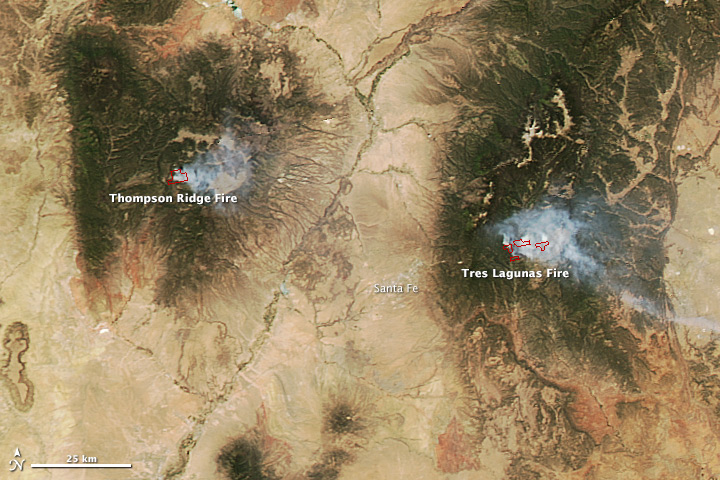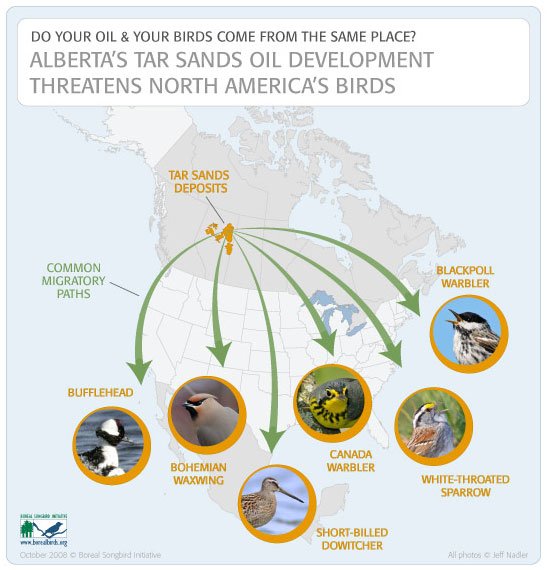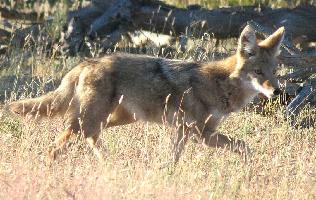I’ve driven to Chaco Canyon, the Anasazi heartland in northwest New Mexico, every year for nearly 30 years, sometimes more than once per year. I have driven in and out every available route, including the long-since closed old north road that wound down past Casa Chiquita. Overall, I prefer to drive in from the south via Grants and Milan (at least, until Peabody Energy destroyed that area). I like the old south road in, as rugged as it can be. In contrast, the new south road via Pueblo Pintado is out of the way, connecting to the north road before the worst of that stretch. When I come in via the south, I go out north along the road that may be the major route for travelers.
If you haven’t been to Chaco, there is much you may not be able to fully imagine. It’s remote. It’s largely desolate. It’s well-worth almost any journey. Like many of the Chaco faithful, I have opposed paving the final stretch of the north road. I felt this is a pilgrimage and need not be easy. I was surprised after all these year to change my mind about this.
[from my journal at the time]
I made coffee and ate lunch of cheese and crackers. I dropped the camper roof and stowed everything. By 12:15pm, I was ready to roll.
And roll, I did. When I left pavement at the park boundary, the entire vehicle shook violently. Suddenly, the dash was beeping and flashing. It was only the alarm for the passenger seat belt, set off by the weight of my gear and the shaking. I slowed to 15mph for much of the next 15 miles — do the math. During that stretch, I reconsidered the issue of whether to pave the road in. I think the old South road should remain wild and primitive, but now, I think the north road should be paved. Why should every person who visits Chaco have a miserable trip in and out again? That’s not a right of passage, that’s abuse. If the real concern is a flood of visitors, then regulate the size of vehicles or the number of passengers entering Chaco at one time. Limit touring companies, if they become an issue. Why should we all suffer time and again? So long as I can chose to suffer and enjoy the old South Road now and then. …
It’s weird to go from foot pace to 65 miles per hour in such a short time. To go from a teeth jarring road to smooth asphalt. To accelerate into the modern world from the ancient and ageless.
The old south road should never be closed nor improved. Never. But, I’m ready for pavement to the north, back to the place we came from.
Visit my Chaco page for more text and photos.






